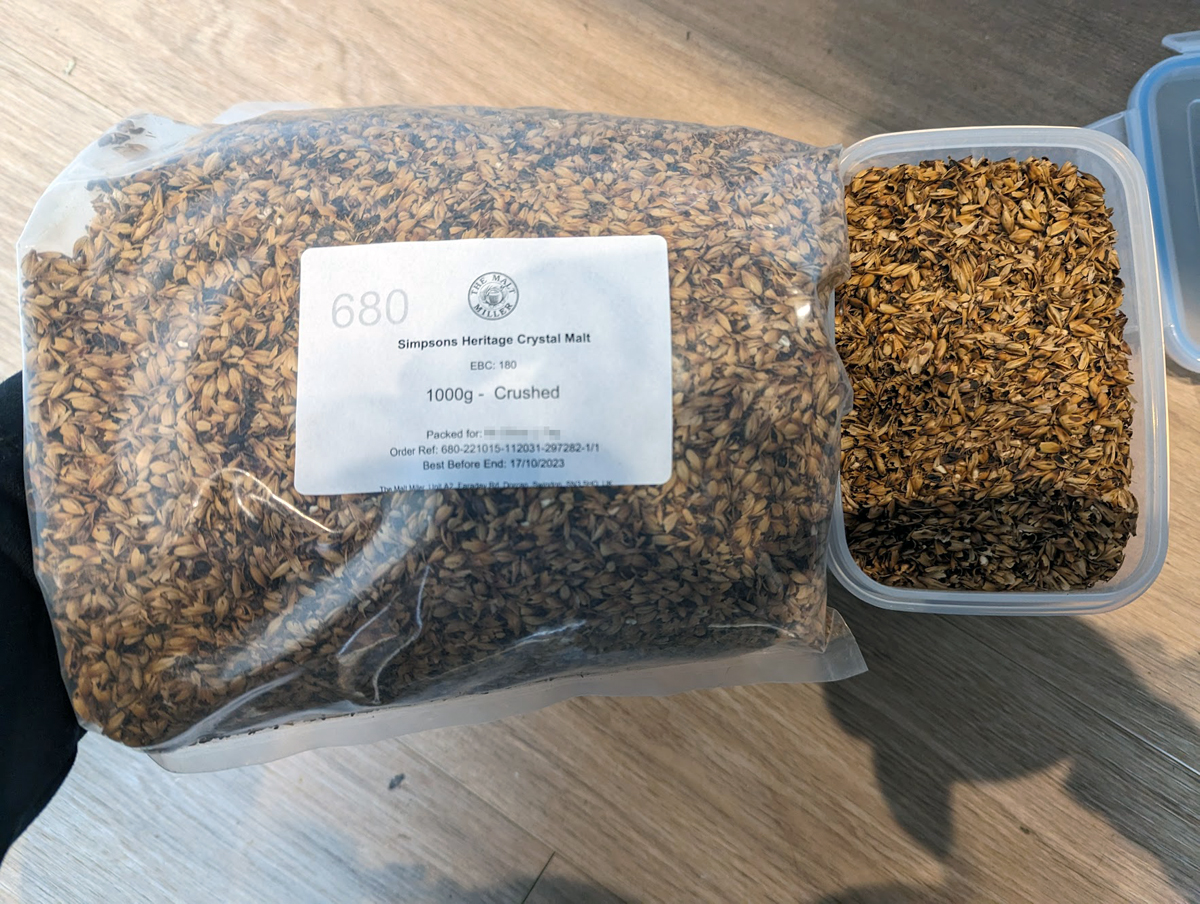CBC is a killer strain, so it might inhibit Brett from doing whatever it might continue to do in the bottle.Congrats on your decision to brew one of these. Yes, I've got one in the cellar, bottled about 5 weeks ago. I did open the bottle with the bottling bucket dregs a few evenings ago, but it's not quite conditioned yet.
For oak flavor history-wise, I'll let the historians speak. Flavor-wise, I'll describe what I've got.
First, I brewed one of my Traquair House approximations with med Hungarian cubes in primary to attempt a nod toward their oak fermentation vessels. Too much. 1oz/~3.5USgal. A year later, it's mellowed enough to be enjoyable but it's still too upfront. I'll be brewing another very soon, likely cutting the oak by half or two thirds.
Second, the old ale. Very much a rendition of the 11-11-11 Gunstock Ale here on HBT. Same med Hungarian cubes, .75oz/3USgal, in secondary. Better than the Traq, but next time I'll likely reduce it a bit. Probably 1/2oz for the 3gal.
I think the best oak dosage gives just enough tannic mouth feel without a ton of flavor. It should be a whiff, not a bat in the teeth. Err on too little.
Yes, I boiled for 10m and did not use the resultant oak tea. That went down the drain, drained cubes into the beer.
I used a sacc/brett blend. Four weeks in primary brought 1.091 down to 1.023. Racked to secondary over oak and dry hops, it continued on down to 1.014 at about eight or nine months. This was stable for another month. Bottled and primed as I normally would. Table sugar or demerara, no sulfites, no extra yeast.
Dry hops in secondary, absolutely. For reasons other than aroma. Hops are antiseptic and help break down the larger sugars for the brett to eat.
That taster bottle from the other evening. The beer's delicious. Any brett flavor is mild and well-balanced. Nothing in the realm of funky, barnyard, etc. As a blend, mine was co-pitched in primary. You may get a more prominent brett character by pitching the brett into a higher stress environment.
If I were to name a fault, I think it's the flameout/whirlpool hops. They leave a oily/resiny impression of which I'm not a fan. I've got an OBE that's suffering from the same thing but worse. I went through a phase last year where I tried to get dry hop affects through heavy late additions. Not anymore. Now I'm doing FWH, top of boil, and nothing after 30m except a small dry hop. H/t to @McMullan for actually sharing a study regarding boil times.
As a whole, I think your time frame for secondary is too short. 2-4 weeks primary, sure. 6-9 months for secondary. A few more for the bottle. CBC wouldn't hurt, might reduce the bottle conditioning time.
https://www.homebrewtalk.com/threads/old-ale-blends.696679/
Interesting comment about the resiny character of hop stands. I just recently fell in love with them for exactly that reason. Tastes certainly differ!






